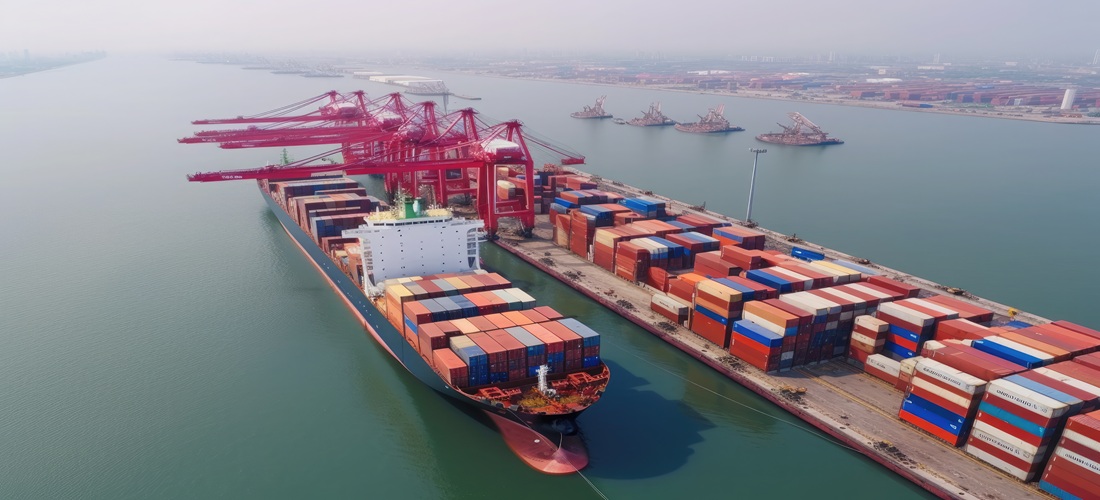
Brazil Among Countries with the Most Non-Tariff Barriers, Study Finds
Apr, 02, 2025 Posted by Denise VileraWeek 202514
More than 86% of Brazilian imports are subject to some form of non-tariff barrier, protecting domestic producers from foreign competition and potentially influencing the United States’ new trade policy, according to a study published by BTG Pactual.
These barriers include sanitary and phytosanitary regulations, quotas or quantitative restrictions for certain products, and licensing and inspections by agencies such as Inmetro or Anvisa.
Using a World Bank trade platform, BTG analyzed 12 countries and assessed the “coverage index” of non-tariff barriers, which measures the percentage of a country’s imports subject to potentially restrictive measures.
For Brazil, this index reaches 86.4% of foreign purchases. Only Argentina ranks higher in Latin America, with non-tariff barriers affecting 94.6% of its imports. The European Union follows with 94.3%, and Canada with 88.9%. Brazil is then followed by the United States (77.4%), Japan (76.2%), Colombia (71.8%), Indonesia (69%), Chile (67.8%), Peru (53.3%), Mexico (53%), and India (45.6%).
“When combining the tariffs applied to the United States with this non-tariff barrier coverage index, Brazil stands out as one of the countries that impose the most restrictions on American products,” the BTG Pactual study states.
“This regulatory and tariff profile reinforces [Donald] Trump’s perception that Brazil maintains protectionist practices that restrict the entry of American products, which could justify retaliatory measures under the U.S.’ tariff reciprocity’ policy.”
In a public consultation opened by the U.S. Trade Representative (USTR), the American private sector highlighted several Brazilian non-tariff barriers that allegedly hinder U.S. exports. For example, corn producers claimed they could export 120,000 tons of corn annually to Brazil. However, they argue that this is prevented because West Coast corn is banned due to concerns over a pest, despite assertions that the disease has almost no chance of spreading in Brazil’s tropical climate.
The U.S. Chamber of Commerce, the most prominent American business association, also criticized Brazil’s National Telecommunications Agency (Anatel), arguing that its regulatory requirements make it harder for U.S. equipment suppliers to enter the market.
Although nominal tariffs are higher on both sides, Brazil imposes a 5.8% tariff on U.S. goods when considering the actual rates applied to imports. In comparison, the U.S. applies a 1.3% tariff on Brazilian products.
According to BTG Pactual, if the White House implemented reciprocal tariffs on Brazil at the same effective rate of 5.8%, the impact on Brazilian exports could range between $2 billion and $3 billion. If the U.S. imposed a 25% tariff on Brazilian products, similar to tariffs applied to trade partners like Canada and Mexico, in response to Brazil’s non-tariff barriers, the impact could reach between $8 billion and $10 billion.
Source: CNN Brasil
-
Grains
Oct, 25, 2023
0
China ranks 1st among Brazil’s corn exports, drives 2023 export record
-
Ports and Terminals
Jul, 02, 2021
0
Rumo and Santos Brasil consider merging container operations
-
Ports and Terminals
Aug, 10, 2023
0
Brazil’s Log-In registers 11.7% and 1.1bn revenue over 1H23
-
Other Cargo
May, 22, 2019
0
Brazilian tobacco exports grow



